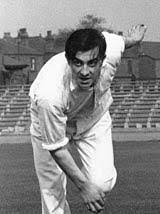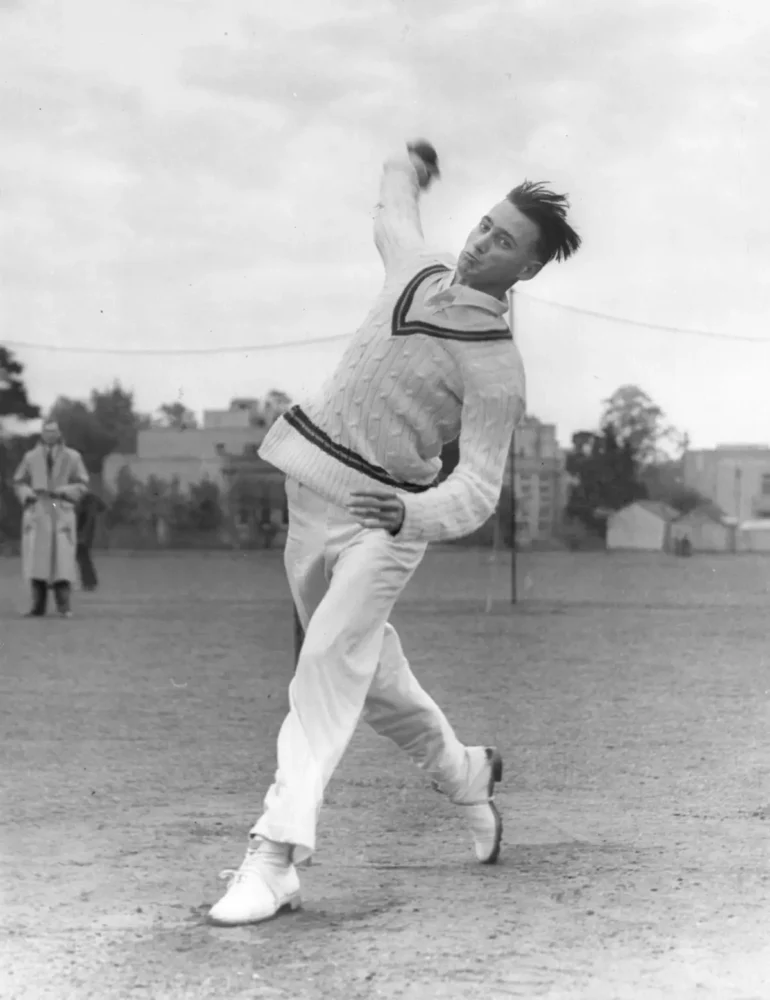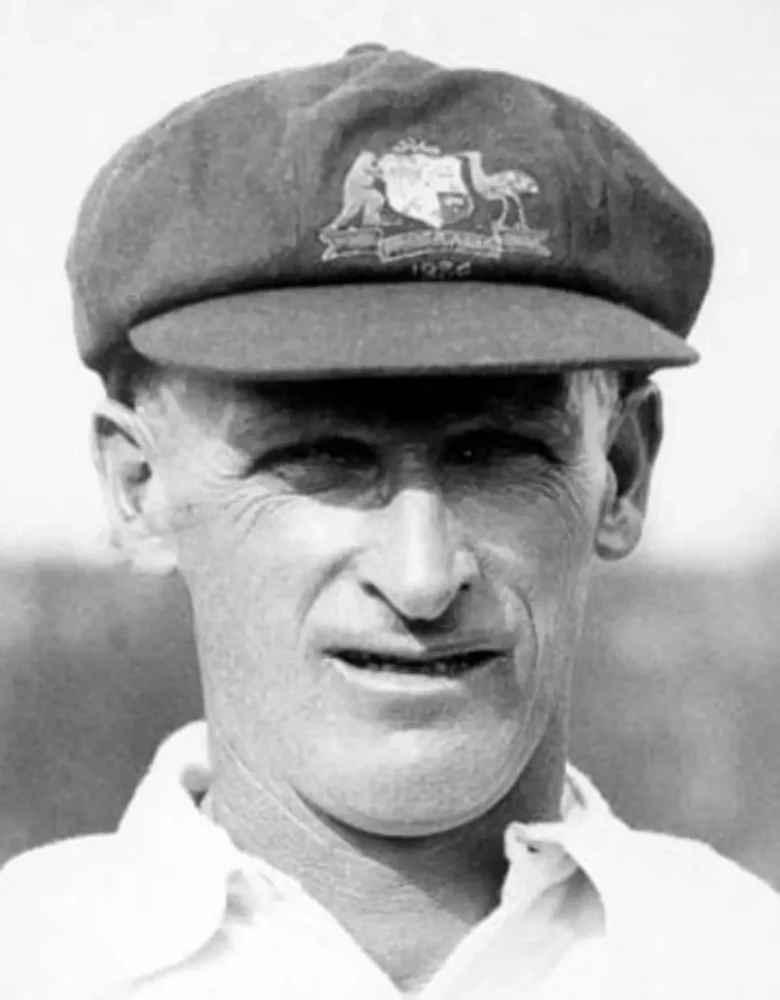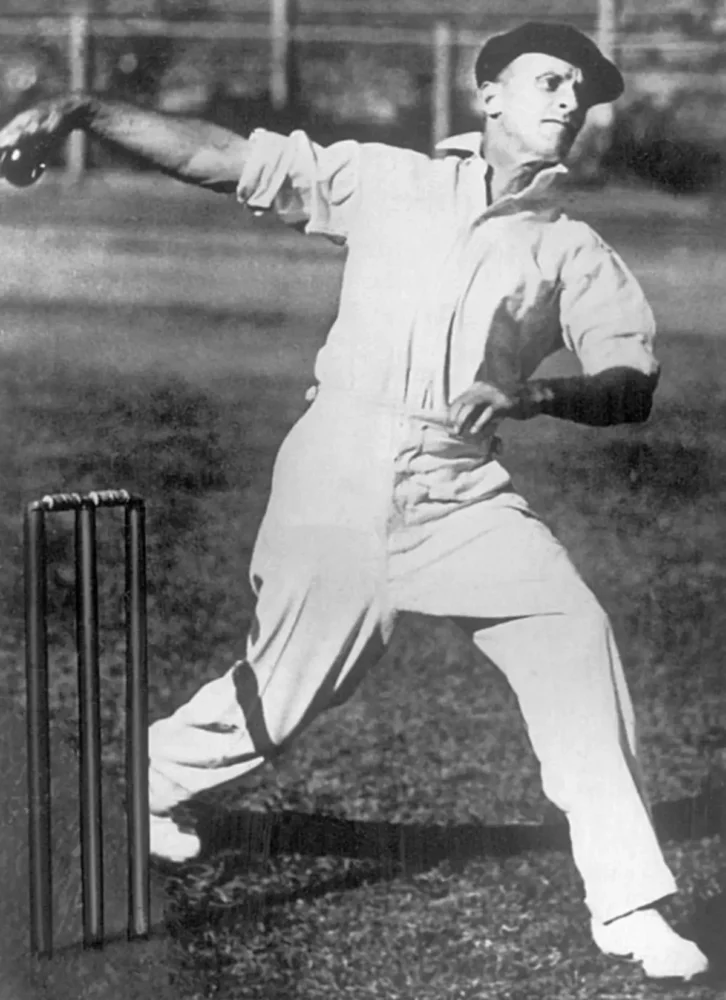Most Wickets In First Day Of Test Match

Test cricket is often seen as the ultimate examination of a cricketer’s skill and temperament. Among the many statistics and records that define the game, one particularly fascinating aspect is the number of wickets taken on the first day of a Test match. This statistic can offer insights into the pitch conditions, the effectiveness of the bowling attack, and the quality of the batting opposition. The record for the most wickets taken on the first day of a Test match is a remarkable achievement that has seen some incredible performances over the years.
The Record-Breaking Day
The record for the most wickets taken on the first day of a Test match is 23, set during the match between Australia and South Africa at the Melbourne Cricket Ground (MCG) on December 12, 1931. This extraordinary day of cricket saw bowlers from both sides dominate, with batsmen struggling to cope with the conditions.
Australia batted first and were bowled out for a mere 153 runs. In response, South Africa also found it difficult to handle the Australian bowlers, getting dismissed for just 36 runs. Australia, in their second innings, ended the day at 8/61, having lost another eight wickets. The total of 23 wickets in a single day highlighted the challenging nature of the pitch and the prowess of the bowlers from both teams.
Factors Contributing to High Wicket-Taking
- Pitch Conditions: One of the most significant factors contributing to a high number of wickets on the first day is the pitch. In some instances, the pitch may offer excessive movement, both in the air and off the surface, making it difficult for batsmen to settle. A green, seaming wicket or a track with uneven bounce can drastically favor the bowlers.
- Weather Conditions: Overcast conditions and humidity can enhance swing bowling, making it tough for batsmen to predict the ball’s movement. Such weather can make the first day of a Test match particularly challenging for batting sides.
- Quality of Bowling Attack: The presence of a high-quality bowling attack can significantly impact the number of wickets taken. Teams with world-class bowlers capable of exploiting favorable conditions can dismantle batting line-ups quickly.
- Batting Performance: While conditions and bowling prowess are crucial, the performance and techniques of the batsmen also play a vital role. Poor shot selection, lack of application, and technical flaws can lead to a high number of dismissals.
Notable Mentions
Apart from the 1931 match between Australia and South Africa, there have been other notable instances where a large number of wickets fell on the first day of a Test match:
- India vs. England, Lord’s 1974: On June 20, 1974, 21 wickets fell on the first day at Lord’s. India were bowled out for 42 in their second innings, having already been dismissed for 302 earlier in the day, while England were bowled out for 183. This chaotic day is often remembered as part of India’s infamous 1974 tour of England.
- England vs. Australia, Trent Bridge 2015: On August 6, 2015, the first day of the fourth Ashes Test saw 14 wickets fall. Australia were bowled out for a paltry 60 runs in their first innings, with Stuart Broad taking an astonishing 8/15. England ended the day at 4/274, securing a dominant position.
The Impact of Such Days on the Match
When a large number of wickets fall on the first day, it usually sets the tone for the rest of the match. These matches are often characterized by low scores and are typically concluded within three or four days. The psychological impact on both teams is significant; the bowling side gains immense confidence, while the batting side faces added pressure in their subsequent innings.
Conclusion
The record for the most wickets taken on the first day of a Test match, highlighted by the 23-wicket day in 1931, remains a remarkable feat in cricket history. Such occurrences underscore the unpredictable nature of Test cricket, where conditions, skills, and strategies converge to create unforgettable moments. These extraordinary days continue to captivate cricket enthusiasts and are a testament to the thrilling, ever-evolving narrative of the sport.
Cricketers with the Most Wickets on the First Day of a Test Match
Fred Trueman (England)

8 Wickets Against India, 1952 Fred Trueman, one of England’s greatest fast bowlers, produced a sensational performance on the first day of the Headingley Test against India in 1952. Trueman’s fiery pace and swing decimated the Indian batting lineup, resulting in him taking 8 wickets for just 31 runs. This incredible effort remains one of the most remarkable displays of fast bowling in Test history.
Biography of Fred Trueman

Fred Trueman, widely regarded as one of England’s greatest fast bowlers, was born on February 6, 1931, in Stainton, West Riding of Yorkshire. Known for his fiery pace, intimidating presence, and formidable swing bowling, Trueman earned the nickname “Fiery Fred.” His career spanned from 1952 to 1965, during which he became the first bowler to take 300 wickets in Test cricket, a milestone achieved with a blend of raw speed and skillful seam movement. Trueman’s record-breaking spell on the first day of the Headingley Test against India in 1952, where he claimed 8 wickets for 31 runs, remains one of the most memorable performances in the history of the game. His contributions to English cricket were not only measured in his impressive wicket tally but also in the fear and respect he commanded from batsmen worldwide.
Sydney Barnes (England)

8 Wickets Against South Africa, 1913 Sydney Barnes, known for his exceptional ability to swing and spin the ball, took 8 wickets on the first day of the second Test against South Africa in 1913 at Johannesburg. His unique blend of pace and spin bewildered the South African batsmen, leading to one of the most extraordinary bowling performances in Test cricket.
Biography on Sydney Barnes

Sydney Barnes, born on April 19, 1873, in Smethwick, England, is celebrated as one of the most exceptional bowlers in cricket history. Renowned for his extraordinary ability to combine pace with devastating spin, Barnes’s career spanned from 1901 to 1914, during which he played 27 Test matches for England. Despite the limited number of appearances, he took an astounding 189 wickets at an average of 16.43. Barnes’s bowling was characterized by his unique grip and delivery, allowing him to generate prodigious swing and seam movement. His remarkable performance in the 1913-14 series against South Africa, where he claimed 49 wickets in just four matches, underscored his mastery and adaptability. Beyond his Test career, Barnes was prolific in domestic cricket, continuing to dominate batsmen well into his forties. His legacy as a pioneer of versatile and intelligent bowling techniques remains influential in the cricketing world.
Waqar Younis (Pakistan)

7 Wickets Against New Zealand, 1990 The Pakistani speedster Waqar Younis showcased his reverse swing mastery on the first day of the Test match against New Zealand in Karachi in 1990. Waqar’s devastating spell resulted in him taking 7 wickets for 76 runs, making it one of the finest exhibitions of fast bowling on the opening day of a Test.
Biography of Waqar Younis

Waqar Younis, born on November 16, 1971, in Vehari, Punjab, Pakistan, is renowned as one of the finest fast bowlers in cricket history. Making his international debut in 1989, Waqar quickly established himself as a lethal force with his exceptional pace, reverse swing, and pinpoint accuracy. He formed a fearsome partnership with Wasim Akram, terrorizing batsmen with their devastating bowling spells. Waqar’s mastery of reverse swing was particularly noteworthy, and he played a pivotal role in Pakistan’s successes in both Test and limited-overs cricket during the 1990s. His memorable performance on the first day of the Test match against New Zealand in 1990, where he claimed 7 wickets for 76 runs, showcased his ability to dominate top-quality opposition. Waqar’s career was not without challenges, including injuries and controversies, but his resilience and determination always shone through. After retiring from playing, he transitioned into coaching, sharing his wealth of knowledge and experience with the next generation of cricketers.
Hugh Tayfield (South Africa)

7 Wickets Against England, 1957 South African off-spinner Hugh Tayfield took 7 wickets for 81 runs on the first day of the Test match against England at Durban in 1957. Tayfield’s precise and accurate spin bowling dismantled the English batting lineup, highlighting his prowess and control as a spinner.
Biography on Hugh Tayfield

Hugh Tayfield, a legendary off-spinner from South Africa, was born on November 30, 1929, in Boksburg, Transvaal Province. Tayfield’s cricketing journey began in the 1940s, and he made his Test debut for South Africa in 1949 against England. Renowned for his accurate off-breaks and exceptional control, Tayfield became one of the most successful spin bowlers of his era. His career peaked during the 1950s, where he played a pivotal role in South Africa’s Test matches. One of his most notable performances came in the series against England in 1957, where he took a remarkable 7 wickets for 81 runs on the first day of the Test match at Durban. Tayfield’s ability to deceive batsmen with flight and subtle variations made him a formidable opponent. He retired from international cricket in 1960, leaving behind a legacy of excellence and sportsmanship.
Clarrie Grimmett (Australia)

7 Wickets Against West Indies, 1931 Clarrie Grimmett, one of Australia’s legendary leg-spinners, took 7 wickets on the first day of the Test match against the West Indies in 1931 at Sydney. Grimmett’s clever use of flight and spin bamboozled the West Indian batsmen, leading to a memorable bowling performance.
Biography of Clarrie Grimmett

Clarrie Grimmett, born on December 25, 1891, in Dunedin, New Zealand, was a legendary Australian cricketer renowned for his exceptional leg-spin bowling prowess. Despite being born in New Zealand, Grimmett moved to Australia in 1914 and subsequently represented Australia in international cricket. His career spanned from 1925 to 1936, during which he established himself as one of the finest spin bowlers of all time. Grimmett’s unorthodox leg-spin deliveries, combined with his remarkable control and accuracy, made him a formidable force in Test cricket. He made his Test debut for Australia against England in 1925, and his impact was immediate, taking 5 wickets in his first innings. Grimmett’s remarkable record of 216 Test wickets at an average of 24.21 cements his legacy as one of the greatest spin bowlers in cricket history. His career was marked by numerous achievements, including becoming the fastest bowler to reach 200 Test wickets, a record that stood for several decades. Grimmett’s influence on the game extended beyond his playing days, as he later became a respected coach and mentor, imparting his knowledge and expertise to future generations of cricketers.
Analysis of Their Impact
These remarkable performances had a profound impact on their respective matches. Taking such a significant number of wickets on the first day often meant that the opposing team was on the back foot right from the start, giving the bowling team a substantial advantage. It also allowed the bowling team’s batsmen to approach their innings with less pressure, knowing that they had already gained a crucial upper hand.




